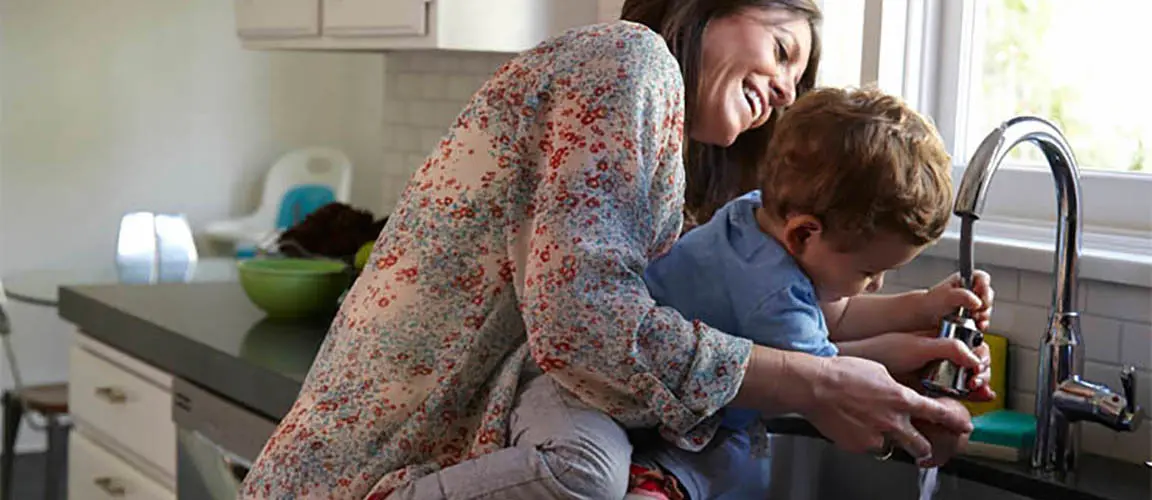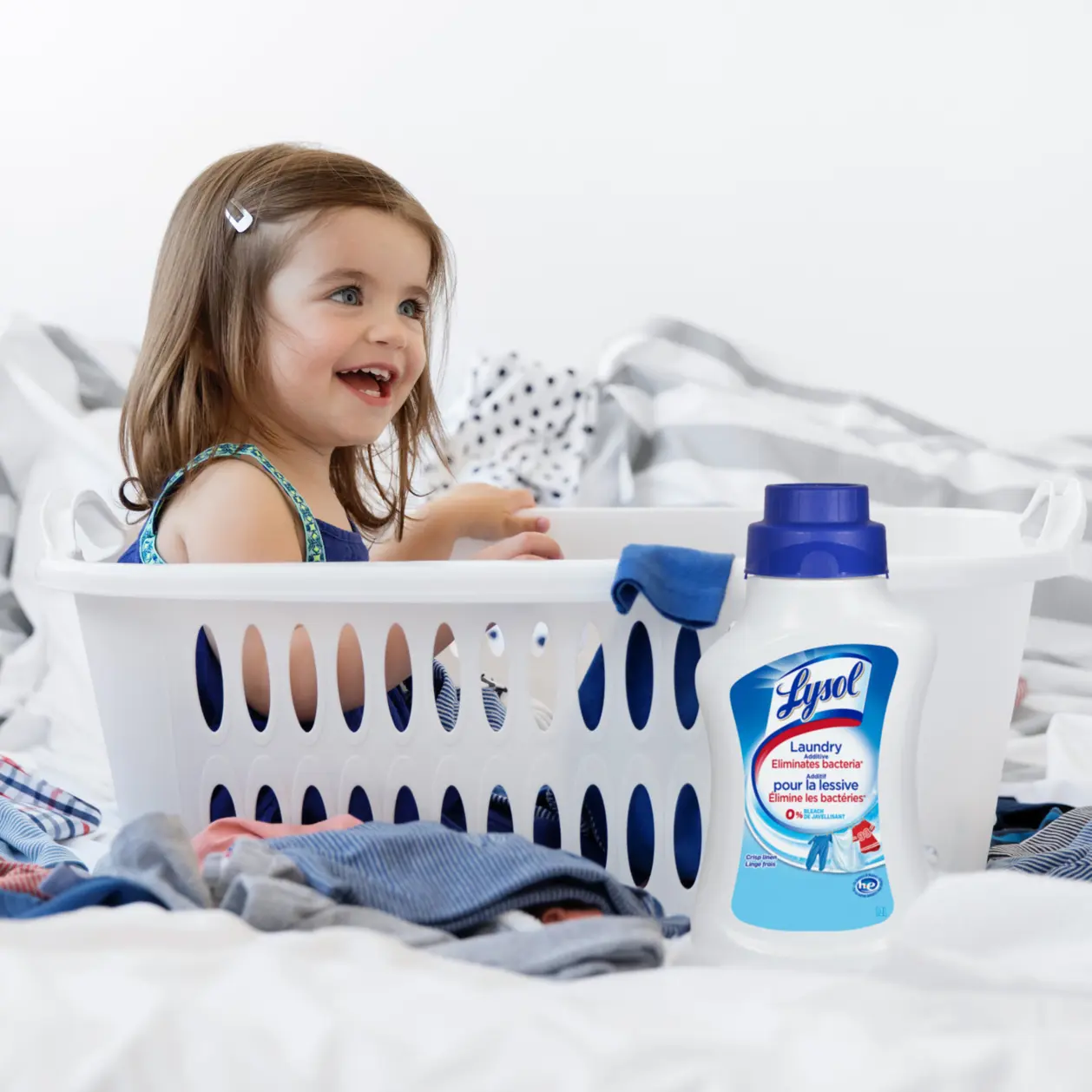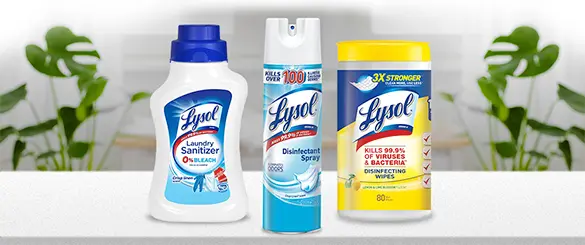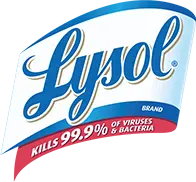Understanding Germs
Guide To Good Hygiene in the Home
When it comes to protecting your child from germs, it helps to understand the common germs in the home, and to know what steps to take to reduce them.

Overview of germs and common illnesses in children
Common respiratory infections can result in coughs and colds. When children are first exposed to germs in a group setting, their immune systems are still developing and may take time to respond to germs that cause infection. When older children first enter group settings (e.g., kids entering school who haven’t been in childcare), they’re more likely to get frequent infections in the first few years than their peers.
Eliminating germs in your kitchen
Many food-borne illnesses can be traced to germs in the home. Studies have found, for instance, that a third of kitchen cloths are contaminated with E. coli. Make sure to regularly disinfect key kitchen hotspots, including faucets and chopping boards, and regularly decontaminate and dry kitchen sponges/cloths after each use (or use disposable cloths instead). Don’t forget frequently touched surfaces too, like cabinet/door handles and light switches.
Eliminating germs in your bathroom
Most people think that the dirtiest place in the bathroom is the toilet seat, however studies show that the toilet flush handle is the germiest. Make sure to regularly disinfect key hotspots, including faucets, handles and the toilet flush. Mold can be a problem in damp bathrooms, so make sure the room is well-ventilated and regularly disinfect mold-prone areas like shower seals. Encourage your family to put the toilet seat down before flushing. This will reduce bacteria being spread around the bathroom by the force of the flush. Make sure to regularly disinfect shower heads to help prevent the spread of infection.

Routines to follow at home to help prevent your child from spreading germs at school
Keep their school bag clean, especially if they carry food items like a packed lunch. Ensure your children bring home their gym clothes weekly for washing. Kill germs by washing clothes at a high temperature (140°F or higher). If you need to wash at a lower temperature, add a laundry sanitizer such as Lysol® Laundry Sanitizer. /products/laundry-sanitizers/lysol-laundry-sanitizer Make sure your children practice frequent and proper hand washing, as well as proper cough and sneeze etiquette. Encourage these habits both in and out of school.
Ways to prevent children from getting sick at school
To help reduce the spread of germs, your children should be washing their hands before and after different activities throughout the school day, such as before lunch and after recess. Children should also wash their hands after using the toilet, coughing, sneezing or blowing their nose, touching or handling class pets, and whenever they have touched a dirty surface.
Download the Family Guide to Good Hygiene in the Home 1-Pager.
Related Products
DISCLAIMER:
Healthy Habits® is Presented by Lysol® in collaboration with NEA and National PTA





